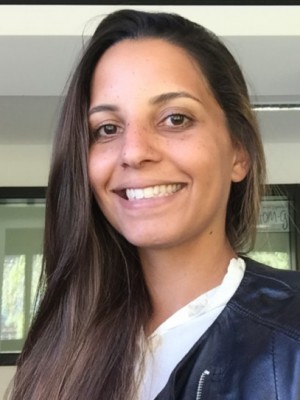abstract
Air humidity is a parameter with relevant interest to a wide variety of areas, both in industry or in domestic processes. Due to the growing demand on air humidity monitors, especially relative humidity, the development of sensors to assess this parameter has been increasing. Moreover, in the last years, the optical fibre based technology has been overcoming some disadvantages and limitations presented by the solutions based on the conventional technologies. Its limitations and/or restrictions make them unsuitable for explosive or dangerous environments, high electromagnetic interference environments, or where remote monitoring is required. However, the production of optical monitoring solutions still involves a complex and expensive experimental apparatus. In this work, a cost effective solution to produce optical fibre relative humidity sensors based on Fabry-Perot interferometer micro-cavities is proposed. The device is manufactured by the recycling of optical fibres destroyed through the catastrophic fuse effect, which considerably reduces the manufacturing costs. The micro-cavities were filled with an organo-silica hybrid material, called di-ureasil, allowing the sensing of relative humidity. A sensitivity and resolution of (17.1 +/- 1.7) pm/% RH and 0.06 % RH (in the 15-85 % RH range), respectively, were achieved.
keywords
MOISTURE MEASUREMENT; SENSOR
subject category
Engineering; Optics
authors
Alberto, N; Tavares, C; Domingues, MF; Correia, SFH; Marques, C; Antunes, P; Pinto, JL; Ferreira, RAS; Andre, PS
our authors
Projects
Harvesting the energy of the sun for a sustainable future (CENTRO-07-ST24-FEDER-002032)
CICECO - Aveiro Institute of Materials (UID/CTM/50011/2013)
acknowledgements
Funding was provided by Fundacao para a Ciencia e a Tecnologia (FCT), European Union/Fundo Europeu de Desenvolvimento Regional (FEDER) Programa Operacional Factores de Competitividade (COMPETE) and Mais Centro-Programa Operacional Regional do Centro, under contracts PEST-OE/EEI/LA0008/2013 and CENTRO-07-ST24-FEDER-002032. This work is financed within the framework of projects Instituto de Telecomunicacoes (Ref a FCT UID/EEA/50008/2013) and CICECO-Aveiro Institute of Materials (UID/CTM/50011/2013) and financed by national funds through the Fundacao para a Ciencia e a Tecnologia/Ministerio da Educacao e Ciencia (FCT/MEC) and when applicable co-financed by FEDER under the PT2020 Partnership Agreement. This work is also funded by FEDER funds through the COMPETE 2020 Programme, National Funds through FCT under the project UID/CTM/50025/2013. N. Alberto, M. F. Domingues, S. Correia, C. Marques and P. Antunes are grateful for the FCT Fellowships SFRH/BPD/78141/2011, SFRH/BPD/101372/2014, SFRH/BD/91263/2012, SFRH/BPD/109458/2015, SFRH/BPD/76735/2011, respectively.



